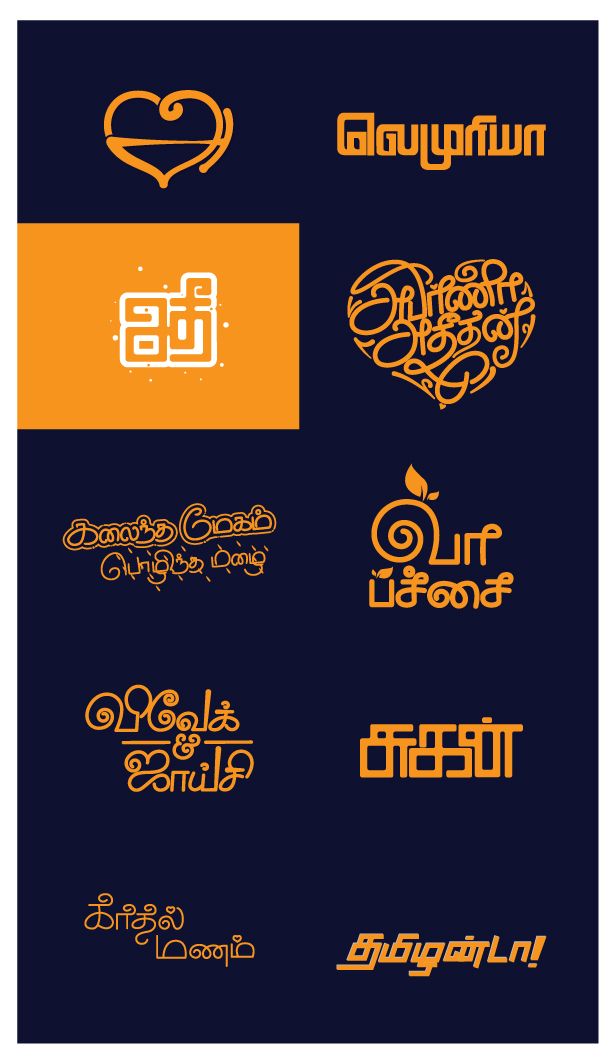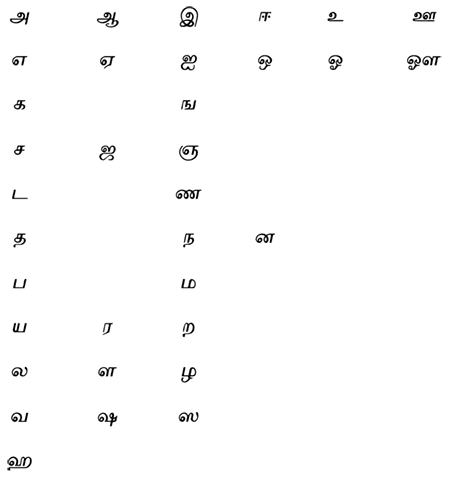

To give the name and other information about the glyph, write click the box and select the glyph info.ħ. This means it doesn’t have name, we should give the name to it.Ħ. By default fontforge doesn’t have the unicode slots for tamil so we have to add a new slot for one tamil character then save it and reopen it we can get remaining encoding slots.ĥ.After add the encoding slot you will get one box with this symbol on the head ‘?’. Change the fontinfo through Elements -> FontinfoĤ.

open a new fontforge through Application -> Graphics -> FontforgeĢ. Place the glyph between those two line.ġ. Set the proper base line and height line. There are three glyph, choose the best one as your wish.ġ3. Select the rectangle black box and delete it. Select all(ctrl+a) and change the color as blackġ2. From that select the glyph and drag it to side.ġ1. One is the original image and the other is the traced one.ġ0. After it trace the bitmap there are two images came. Select grays and set scans as 4 then press OK. Then to trace the bitmap from that image.Ĩ. When we save the image as jpeg it prompt a window to export that image.ħ. Cut the glyph (ctrl + x) and paste it in a new page.Ĥ. Press r to select the rectangle select tool and draw a rectangle over one glyph.ģ.

Open the image using GIMP(Gnu Image Manipulation Tool)Ģ. When you are scanning save the image as pdf.ġ. * Inkscape(Inkscape Vector Graphics Editor)ĭraw the Tamil Characters in paper using Indian ink and scan it.
#Tamil unicode fonts install
In Ubuntu, when install the tamil fonts they store in the location /usr/share/fonts/truetype/ by default.In fedora the tamil fonts are located in /usr/share/fonts/


 0 kommentar(er)
0 kommentar(er)
